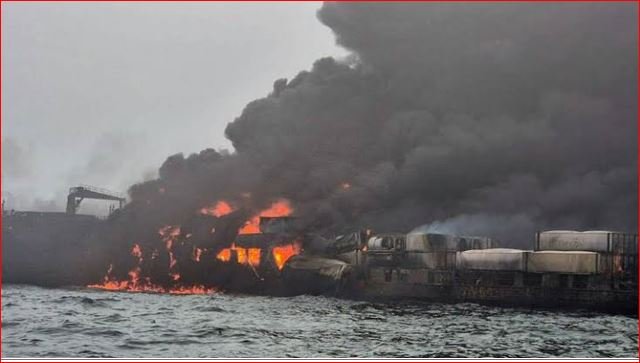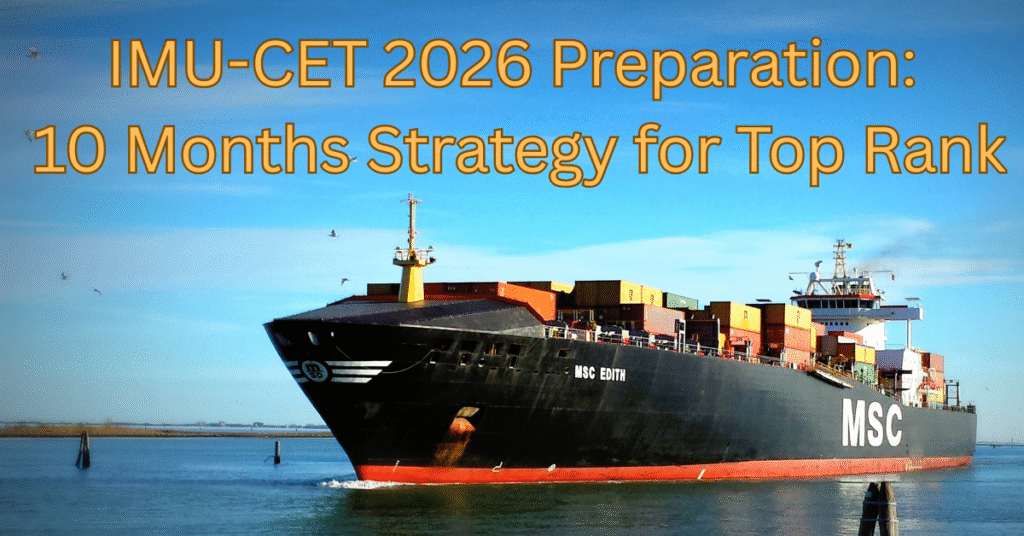Amid ocean’s inexhaustible beauty, pollution rests as a menacing threat. As more than ninety percent of global trade is transported through ships, the marine industry is crucial to the economy, as well as a danger to the environment. The ocean is facing numerous dangers, including oil spills, trash disposal, chemical waste, air contamination from ship engines, and much more. In order to address this, the global sailing community required a holistic approach which led to the inception of MARPOL.

What is MARPOL?
Also known as the International Convention for the Prevention of Pollution from Ships, MARPOL is one of the main international treaties of shipping that was established by the International Maritime Organisation (IMO). It’s main objective is to reduce pollution in oceans caused by ships — oil spills, chemicals, trash, sewage, and even air.
MARPOL was accepted for the first time in 1973, supplemented by the 1978 Protocol. This is why it is commonly known as MARPOL 73/78. After that, the treaty went through a series of amendments to cover new issues related to the environment and technological advancements.
Structure of MARPOL: The Six Annexes

MARPOL is made up of six technical annexes, each covering a distinct type of pollution:
Annex I – Oil Pollution
This annex is concerned with the prevention of oil pollution and has been in effect since 1983. The prevention of oil pollution from operational actions and unintentional spills is the subject of this appendix. It requires ships to have separators, oil record books, and oil filtering equipment. The significance of this annex was highlighted by events such as the notorious Exxon Valdez oil spill.
Annex II – Noxious Liquid Substances (NLS) in Bulk
This controls pollution from chemicals. Bulk carriers of toxic materials are subject to particular cleaning and discharge regulations. Based on their level of hazard, substances are divided into four groups (A to D), with Group A being the most dangerous.
Annex III – Harmful Substances in Packaged Form
This annex, which was adopted in 1992, prohibits pollution from the transportation of hazardous materials in packaged form, such as tank vehicles and containers. It closely resembles the IMO’s IMDG.
Annex IV – Sewage from Ships
Sewage discharge can cause eutrophication and spread disease. Effective from 2003, Annex IV requires ships to install sewage treatment plants, or retain sewage onboard for disposal at port reception facilities. Special areas have stricter requirements
Annex V – Garbage from Ships
One of the most critical annexes in today’s environmental discourse, Annex V, restricts the disposal of garbage — plastics, food waste, paper, etc. Discharging plastics into the ocean is completely prohibited, and all ships must maintain Garbage Management Plans and Garbage Record Books.
Annex VI – Air Pollution from Ships
Effective since 2005, Annex VI addresses air emissions, including sulfur oxides (SOx), nitrogen oxides (NOx), ozone-depleting substances, and greenhouse gases. The 2020 global sulfur cap of 0.50% is a major milestone under this annex. It also promotes the use of cleaner fuels and Exhaust Gas Cleaning Systems (EGCS), or scrubbers.
Why is MARPOL So Important?
1. Global Standardisation: MARPOL sets up a universal legal framework that’s enforceable in international waters.
2. Environmental Protection: It plays a key role in preserving marine biodiversity, coastal ecosystems, and human health.
3. Sustainability in Shipping: With growing environmental awareness, following MARPOL guidelines is essential for sustainable maritime practices.
4. Legal Accountability: Breaking these rules can result in hefty fines, detentions, and international sanctions..
Enforcement and Challenges
MARPOL is enforced by flag states (the country under which a ship is registered) and port states (countries where ships call). Inspections, known as Port State Control (PSC), ensure compliance with MARPOL and other conventions. Ships must carry certificates and record books as proof of adherence.
However, enforcement is not without challenges:
– Some flag states lack robust inspection mechanisms.
– Intentional violations often occur on poorly monitored routes.
– Smaller ships are sometimes overlooked in inspections.
Nonetheless, ongoing efforts such as the use of remote sensing, satellite tracking, and AIS data are helping curb non-compliance.
MARPOL and the Future: A Greener Course Ahead
The shipping industry is currently undergoing a significant green transition. With decarbonization goals set by the IMO for 2030 and 2050, along with stricter sulphur limits and a push for alternative fuels like LNG, hydrogen, and ammonia, MARPOL is expanding its reach.
The proposed addition of carbon intensity indicators (CII) and the Energy Efficiency Existing Ship Index (EEXI) to MARPOL Annex VI represents a move towards holding the shipping sector more accountable for its environmental impact.
Looking ahead, MARPOL is anticipated to continue evolving to embrace zero-emission technologies and more stringent climate regulations.
Read our More Blog: STCW Basic Safety Training (BST) for Aspiring Merchant Navy Professionals
Final Thoughts
MARPOL is more than just a set of maritime rules; it’s a global commitment to safeguarding our oceans, respecting marine life, and ensuring that international trade can thrive without harming the environment. For seafarers, shipping companies, maritime students, and ocean enthusiasts alike, grasping the essence of MARPOL goes beyond mere legal compliance — it’s about becoming stewards of the seas.





